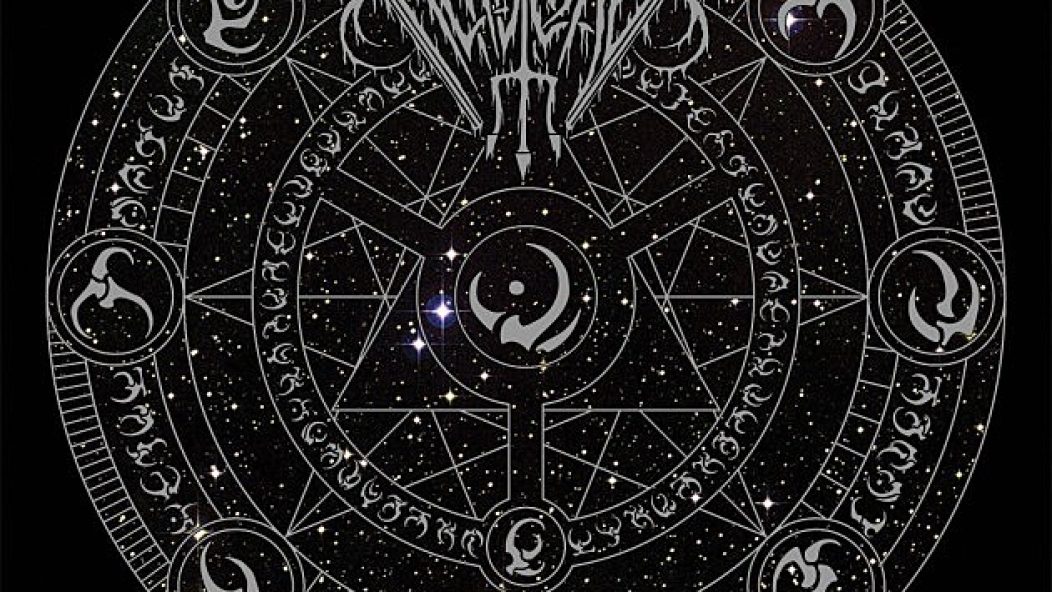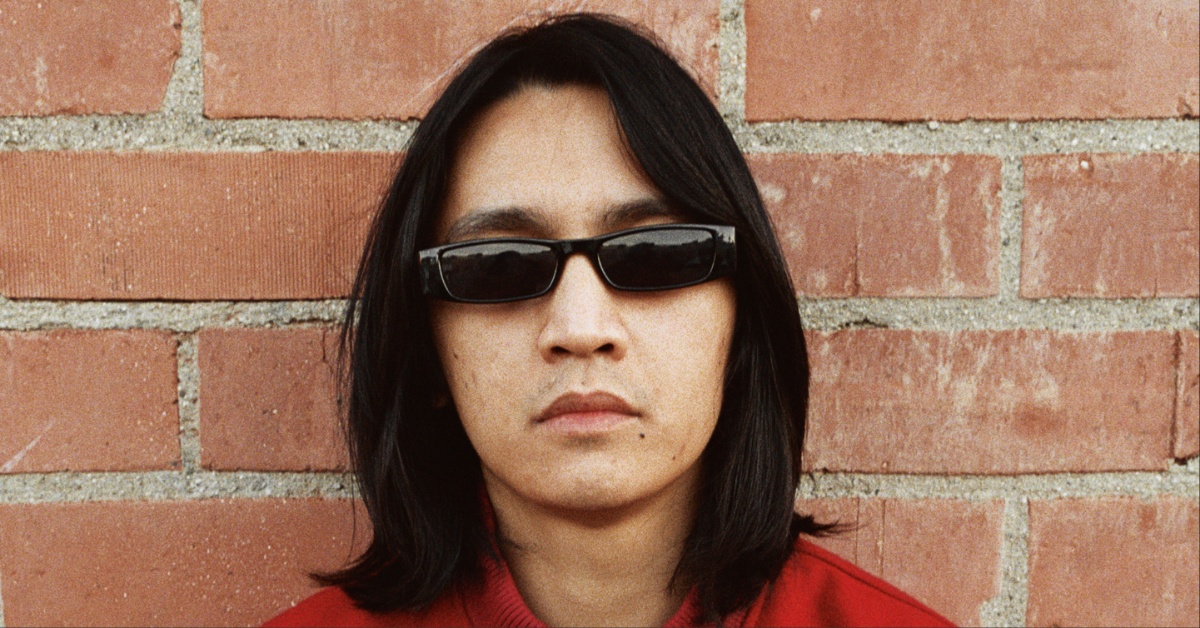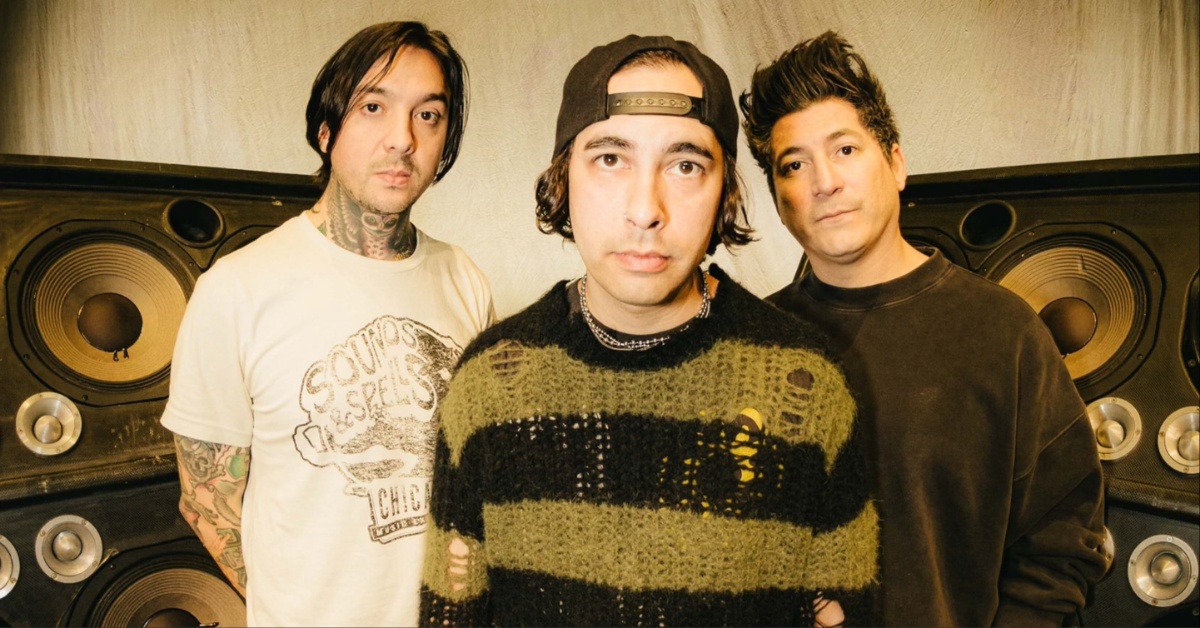
Editor's Choice August 2015
…
As I’m writing this article, I’m returning from a brief trip to San Francisco Bay. It’s a beautiful place, and in my time there I was privileged to meet several longtime Invisible Oranges writers.
The trip felt, to me, like a pilgrimage, because much of the music that made me a metalhead emerged in San Francisco.
Former Invisible Oranges editor Michael Nelson published a piece at Stereogum about the significance of Iron Maiden. He highlights that Maiden have an uncanny ability to invite their fans, even casual ones, to assimilate the band into their identity. Metal as a whole does this, though Maiden was probably the first band to master the technique and cultivate their own cult of personality. In this way, metal is akin to religion, a system that can be insinuated into oneself.
But if Nelson’s patron saints are Iron Maiden, then mine are Metallica, Megadeth and the rest of the ’80s Bay Area thrash scene. Walking around The Mission and The Tenderloin neighborhoods, I felt a sense of awe: people walked on these same slabs of concrete at my age and made the music that helped me form my identity.
Some narratives in current metal writing downplay the importance of the Bay Area in particular and thrash as a whole—perhaps we’re all still hung over from the party that Municipal Waste started a decade ago.
The Bay Area Renaissance produced foundational work and also established the region as an incubator for great music, one that has endured political shifts, gentrification and other forces that have changed the face of urban California.
The most influential bands to come out of the Bay Area past the ’80s are probably High on Fire and Neurosis, both of which just embarked on wildly popular tours and neither of which sound much like thrash. Neither group could have taken off without the support network of show goers and clubs that the ’80s bands helped establish.
The fertility of the bay hasn’t died, either: Ludicra and Cormorant, probably my two favorite American metal bands of the last decade, both hailed from the area. Further, love them or hate them, Deafheaven are from the bay as well, and while I don’t like them as well as any of the aforementioned bands, they’re still reinventing themselves (more on this below) with some of the same progressive spirit that made Metallica so admirable.
It’s easy to attack Metallica, in particular. They’ve spent the majority of their careers making themselves easy targets, which makes the enduring popularity of their prime work all the more remarkable. Pitchfork included “Master of Puppets” on its recent list of the best songs of the 80’s.
“Master” is low hanging fruit: the title track of the band’s most critically acclaimed album. Many other artists, including Guns N’ Roses, took two slots on the list.
Another metal band made Pitchfork’s cut: Motörhead, with “Ace of Spades.” More low-hanging fruit, but at least this one’s the golden apple: it’s a song that lays the groundwork for so much metal and punk that you can call it a foundational text on the order of “Black Sabbath.” The first commandment: “I know I’m going to lose / and gambling’s for fools / But that’s the way I like it, baby. I don’t want to live forever.” From that song comes the popularization of the D-beat and then, further down the line, Bay Area thrash.
That song was why I went to San Francisco as well. Motörhead didn’t announce a Seattle date, and I am afraid that I won’t get another chance to see Lemmy perform. Judging by last week’s show in Salt Lake City, my concerns might be well-founded.
In San Francisco, Lemmy was steady on his feet and played well, though his vocals sounded indistinct. Guitarist Phil Campbell and drummer Mikkey Dee more than made up for his slight stage presence. I enjoyed myself, but the set felt brief, even though it lasted an hour and fifteen minutes. Motörhead’s stockpile of songs is so solid and so inexhaustible that for every great cut I didn’t expect (“Rock It”) there were at least three that I wish I could have seen (“I’m So Bad (Baby I Don’t Care),” “Terminal Show,” “Orgasmatron,” hell even “The Game”). The strength of that catalog might be why Motörhead made Pitchfork’s list over bigger artists like Judas Priest and Maiden.
Judging by Metallica’s cover repertoire, Motörhead formed that band’s identity in the same way that they formed mine and that Iron Maiden formed Nelson’s. It’s important to recognize the weakness of nostalgia and to challenge the narratives that are passed down from previous generations of writers (one of my conversations in the Bay touched on the merits of Cold Lake). At the same time, there’s no way to understand the music of the present without understanding what came before.
Opportunities to do so disappear all the time. I’ll never see Mötley Crüe again, and Motörhead seems less likely every day. Vivian Campbell of Dio and Def Leppard has joined Tony Iommi in the struggle against cancer. For now, it appears that Bruce Dickinson has bested the illness with enough confidence to announce another massive world tour.
Not everyone is so lucky. On Sunday, the world lost neurologist and author Oliver Sacks. For a quick primer on the man’s work, check out this collection of his writing on the wonderful longform.org (former Invisible Oranges editor Iain Chainey turned me on to that site, and it’s routinely the only website I need to visit for a day’s worth of great reading). Sacks was a great communicator of the importance and universal nature of music, a powerful advocate for music as an essential part of human civilization, as opposed to a useless commodity. I’ve only read one of his books, Musicophilia from cover to cover. It paints Sacks as a bit of a snob whose interests center almost exclusively on classical, and probably would have hated most of the music we cover here. I recommend it anyway, because its central conceit—that creating and enjoying music are a central piece of human neurological consciousness—is a powerful one.
…
Before we get on with the tunes, I would like to thank our summer intern, Danny Evans, who has pumped countless hours into the site over the past three months, and will be joining the site as a writer.
…
Religious veneration also describes some people’s relationship to Deafheaven. The band’s 2013 album, Sunbather was the best-reviewed album of that year according to Metacritic. I didn’t particularly like or dislike the album, but I truly enjoyed “From the Kettle onto the Coil,” a stand-alone single the band released last summer. That song had more vitriol than all of Sunbather combined, not to mention a sick lead guitar part near the end. “Brought to the Water,” the first track from the band’s upcoming third album, New Bermuda is angrier still, with a chugging riff and fewer atmospheric segments. That said there is a subdued piano that wraps the song up nicely at the end.
-Discovered via Facebook.
…
Boston’s Magic Circle released two songs, “Lighting Cage” and “Grand Deceivers” on YouTube this month to little or no fanfare. The group’s self-titled first LP was a standout piece of traditional heavy metal when it was released in 2013, and judging by these songs, their upcoming sophomore LP Journey Blind will be as good. I’ve embedded “Lightning Cage” because it’s the more energetic number, as well as a great showcase for the band’s drummer, Q (also of Doomriders and formerly in Clouds). “Grand Deceivers,” is more doomy, but likewise great. Like Magister Templi and Crypt Sermon, this band is writing great songs in the vein of traditional heavy metal.
-Discovered via Facebook.
…
I’m not sure how I missed Kaiserschnitt, the newest album by Germany’s Porta Nigra; it was released earlier this year on Debemur Morti, a label that puts out strong black metal releases such as records by Blut Aus Nord and Akhlys. Porta Nigra has some similarities with both of those bands in terms of song arrangements that tend to end in different places from where they begin. Porta Nigra has a little more rock and roll in their sound, and in general put more obvious hooks and melodies into their music, as on “Femme Fatale.” In a sense, they remind me of Tribulation and Satyricon: black metal trying to make peace with cock rock. Porta Nigra, however, are doing so without sacrificing instrumental sophistication.
-Discovered via Scott Hoffman.
…
Fall of Man, the new album by Holy Sons AKA prolific songwriter Emil Amos, is on the fast-track to being one of my favorite records this year. Amos replaced Chris Hakius as the drummer in Om but his solo project isn’t expressly metal. For a better frame of reference, imagine Earth circa Hex, but with a greater focus on concise songs. Fall of Man often reminds me of my favorite Brand New album, Daisy in its use of plaintive singing and minimal distorted guitar.
-Discovered via press release.
…
Glasgow’s In Tongues, Invisible Oranges readers themselves, describe their music as “sad bastard hardcore.” In practice, that means their music is vaguely reminiscent of both Tragedy and the more melodic side of second wave black metal. Their new album, Rituals of Failure and Ruin, juxtaposes hardcore barks with riffs that wouldn’t sound out of place in an old Rotting Christ album.
-Discovered via email from the band.
…
Dust on the Chamber Floor, the first demo by Salt Lake City black metal duo Fiendlord, opens with a sample from The Dunwich Horror, my personal favorite cinematic HP Lovecraft adaptation. While the film is, to be frank, goofy in the extreme, Fiendlord manage to take the film’s most iconic scene and amp it up into a legitimately creepy atmosphere that carries through the remaining 20 minutes of ornate black metal. The title track in particular packs a wallop, thanks in no small part to a great guest vocal performance by Jake Rogers of Gallowbraid and Visigoth. The band is currently preparing to record a second, longer release which I’m eagerly awaiting, following this demo.
-Discovered via email from the band.
…
I first heard Australia’s DEAD at Roachella, a small metal and hardcore festival held in Seattle’s Eastlake Block Party complex. I didn’t realize that DEAD were Australian until bassist/vocalist Jace addressed the audience; Seattle has a surplus of sludgy bass and drums two-piece bands, including Big Business, Same Sex Dictator and others. They fit in well with the post-Hydra Head sound that emerges from this region, albeit with a bit more punk-inflected take on songwriting and lyrics. Captains of Industry doesn’t capture the band’s live intensity, but it’s a great ride regardless.
-Discovered via live show.
…











